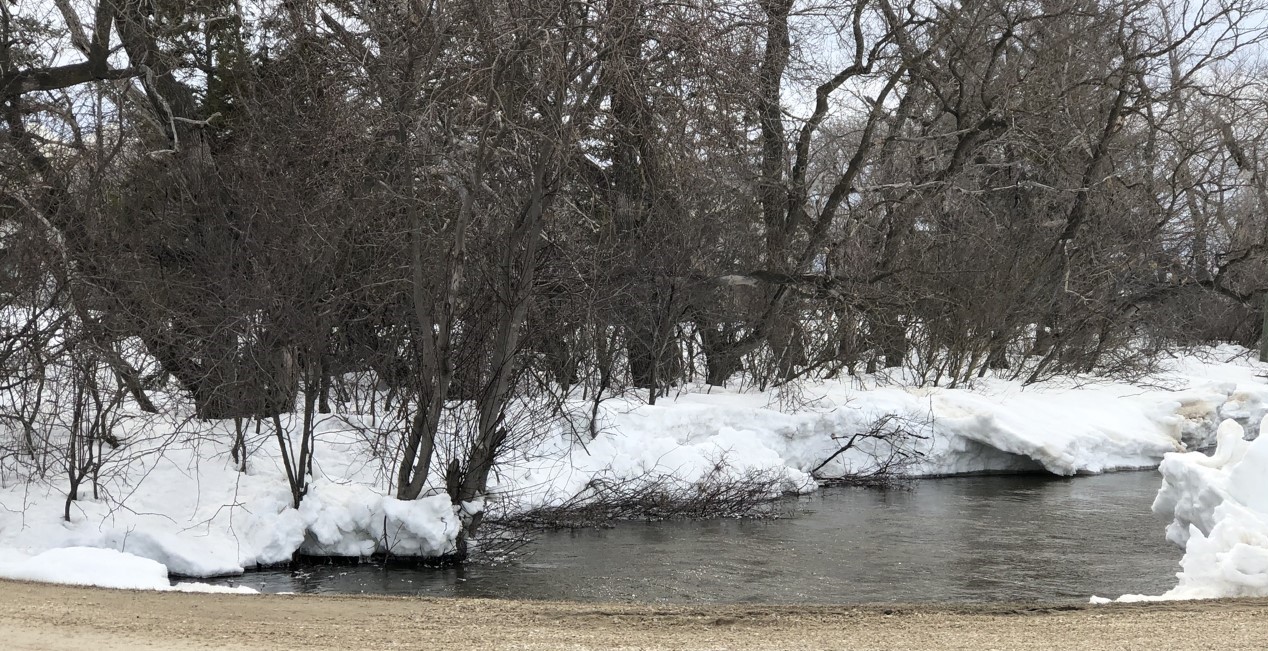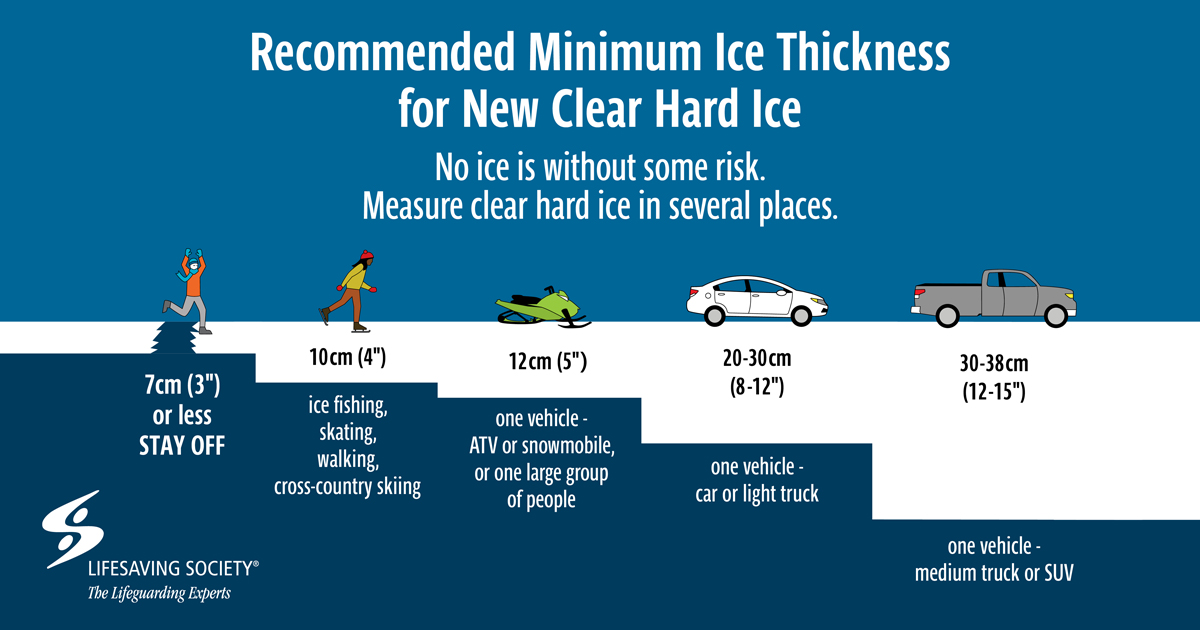Spring Safety Tips
With spring here and temperatures on the rise, this now leads to some spring hazards that everyone should be aware of as the snow begins to melt.
- R
 iverbanks can become unstable in the spring due to snow melt and erosion.
iverbanks can become unstable in the spring due to snow melt and erosion. - Keep family and pets away from the surfaces and edges of all bodies of water, including water filled ditches, to prevent falling through or into cold and fast flowing water.
- Avoid recreational activities in or around water bodies, especially near ice-covered rivers and streams at this time of year.
- Do not attempt to walk, skate or drive on ice-covered bodies of water.
- Never drive through flooded roads or fast-moving water.
- If you live next to a river or stream, move patio furniture or other objects away from the water’s edge to avoid losing them during potential spring high water.
- Rescuing another person or a pet from icy or fast flowing water is dangerous. If you see someone has fallen in a body of water, call 911 for help immediately.

Winter & Ice Safety
Drowning can occur at any time of year. In fact, every year 1/3 of all drownings in Manitoba occur during the colder months between October and April. Many of these drownings occur on ice and involve recreational snowmobiling.
Below are some great safety tips on Ice Safety and Cold Water Immersion:
- Have trained people test ice thickness.
- Avoid vehicle travel on ice whenever possible.
- Keep away from unfamiliar paths or unknown ice.
- Never go onto the ice alone.
- Before you leave shore, inform someone of your destination and expected time of return.
- Wear a buoyant suit or lifejacket whenever you are on the ice. It could save your life.
- Carry ice picks, ice poles and rope.
- Avoid going on ice at night.
Click the link for more information – https://lifesaving.mb.ca/water-smart/winter-safety/
The 1/10/1 Principle:
Gordon Giesbrecht, a professor with the University of Winnipeg has developed the 1/10/1 principle to explain the three stages of cold-water immersion.
- 1 minute of cold shock, which looks like gasping. Get your breathing back under control.
- 10 minutes of meaningful movement before your body starts to lose effective use of fingers, arms, legs.
- 1 hour before hypothermia causes unconsciousness.
Wearing lifejackets and personal flotation devices (PFDs) can help reduce the effects of cold-water immersion drastically and can keep you afloat while you control your breathing in the critical first stage of Cold Shock. It is important to stay calm so that you can focus on getting out of the water as soon as possible before you lose mobility and hypothermia eventually sets in.
Click the link for more information – https://www.coldwaterbootcamp.com/pages/1_10_60v2.html